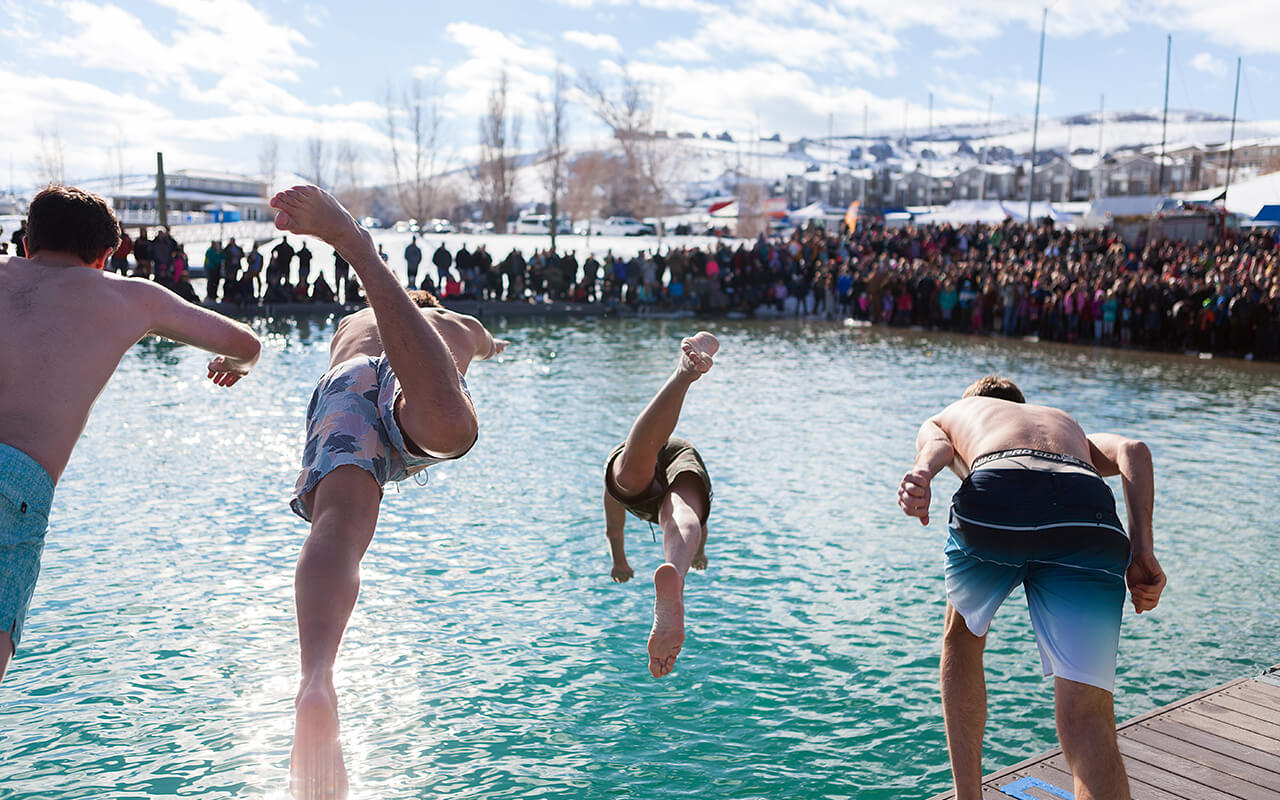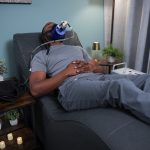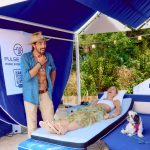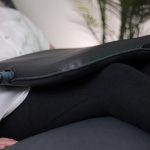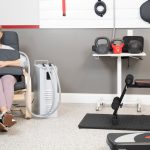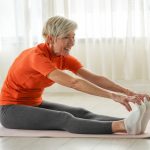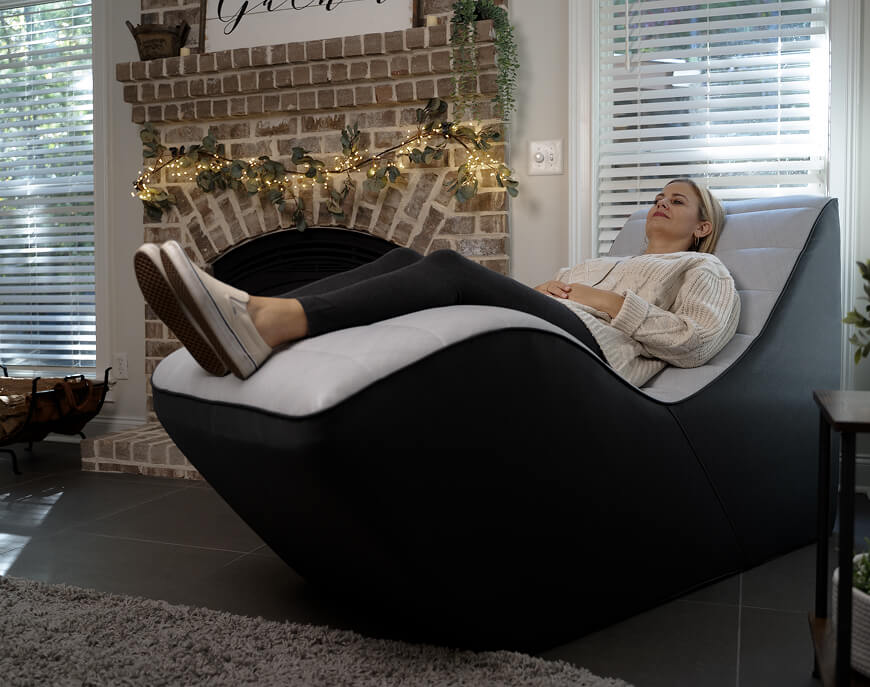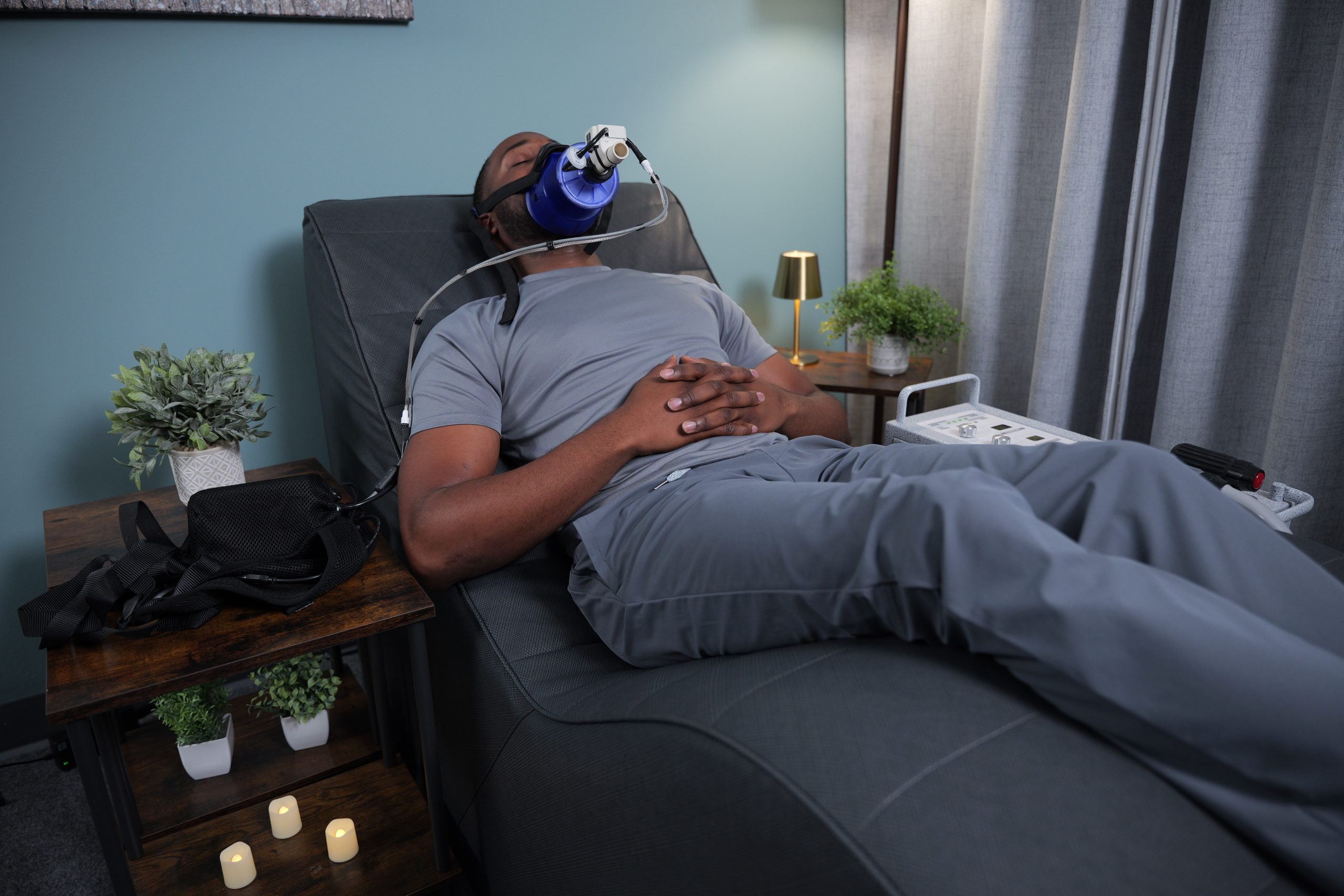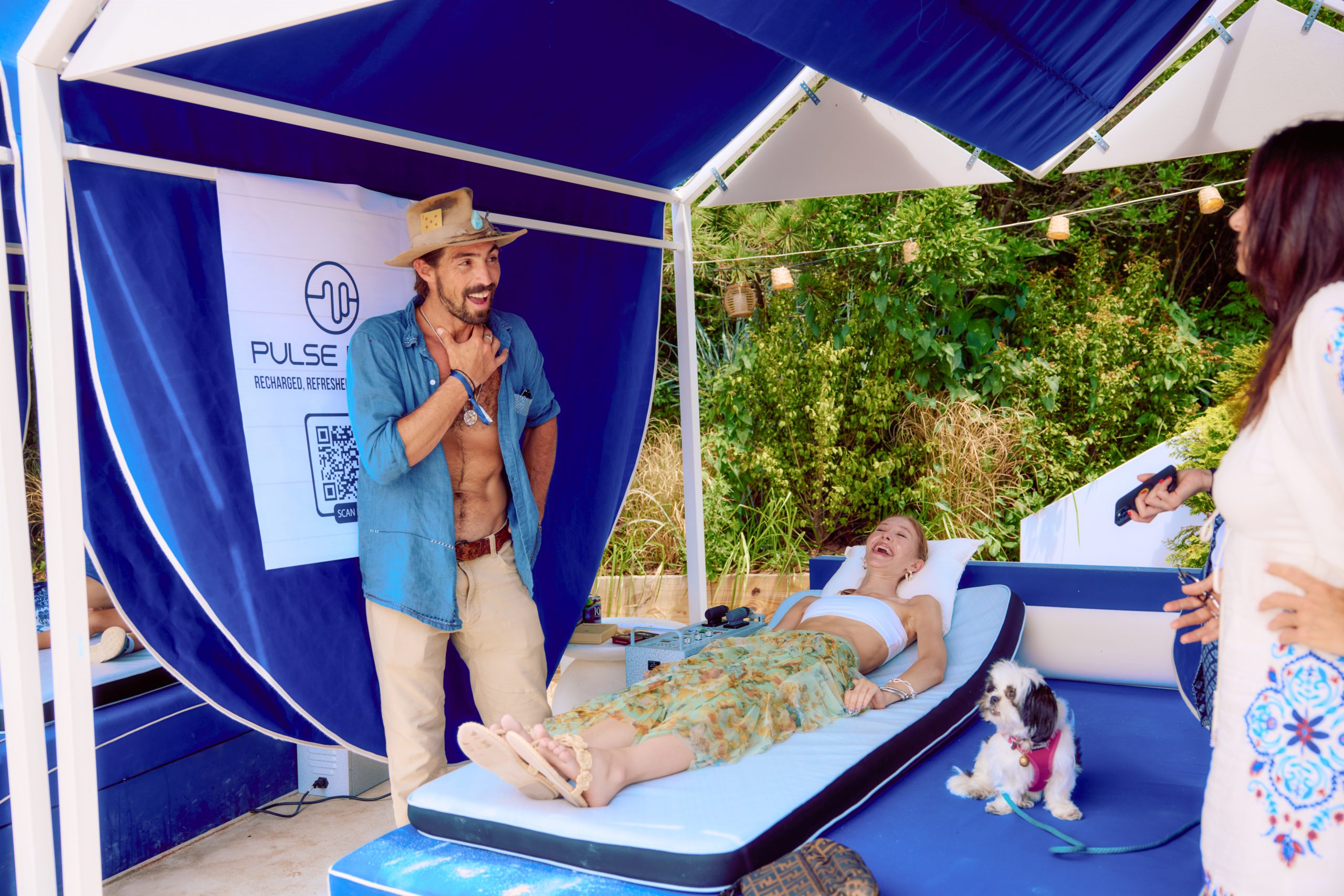How Does It Work?

Contraindications
Cold therapy isn’t for everyone, and there are some conditions and circumstances where you shouldn’t proceed with cold therapy.
- Sensory disorders, including diabetes, that prevent individuals from feeling certain sensations
- Stiff muscles or joints
- Poor circulation or any condition that causes poor circulation
- Cardiovascular or heart disease
- Pregnancy
It’s also important to limit the time you spend doing cold therapy. Too long or too direct of exposure may result in skin, tissue, or nerve damage. Consult your physician if you have questions about whether cold therapy is right for you.
Types of Cold Therapy

Cold Showers
Showering in cold water between 50 and 59F is a great way to start incorporating cold therapy into your daily routine. By gradually introducing this into your daily routine a few minutes at a time, you can experience the health benefits of cold therapy immediately!
Ice Baths
Cryotherapy
Topical Cooling Agents
NOTE: Don’t Pulse immediately after applying topicals to the body, as Pulsing may speed up the absorption of topicals into the body.
Cold Therapy + Pulsing
I’ve been utilizing pulsed electromagnetic field (PEMF) technology for several years for optimized wellness and enhanced natural recovery. My current Pulsing routine consists of 1 hour to 1 hour and 30 minutes of Pulsing in the evenings with the Chair Pad, Cube, and Paddles in varying positions based on the needs and workout of the day. I generally start in the Chair Pad for 30 to 40 minutes, then use the cube on my lower back or abdomen.
When exposed to cold therapy like an ice bath or cold shower, the blood vessels constrict which decreases blood flow to your muscles which reduces inflammation and swelling. Nerve signaling to these areas will slow which can help reduce pain. After you emerge from the ice bath, the blood vessels dilate which increases circulation. The nutrient rich blood flow to the muscles may help remove metabolic waste that builds up during exercise.
Using a PEMF device stimulates the open-and-close mechanism of the cell which optimizes the body’s healing process. These two modalities should stack nicely since they both work to reduce inflammation, increase circulation and increase nutrient absorption.
What I Experienced
I added cold therapy to my routine starting with a cold showers and working my way up to some ice baths, first thing in the morning or post-workout. Because it’s winter and cold water from the tap is already fairly cold, I only added about 3 cups of ice.
Mental & Emotional Response
After the experience, I noticed I was more awake, and I was ready to conquer the day, knowing that I had just accomplished something mentally and physically challenging. That strength carried over to other parts of my life, too. When I felt the temptation to give up, I found myself better equipped to push through, knowing I could withstand almost anything.
Physical Response
By the third day of this routine, I was almost back to a normal range of motion. But I decided to take the rest of the week off from CrossFit and focus on stretching and mobility. Remember, listening to what your body is telling you it needs is crucial. Push yourself to take on new adventures, but don’t push yourself solely to avoid the fear of missing out.
Conclusion
After returning to CrossFit, I’ve already noticed shorter recovery times and more energy. I attribute these benefits to the rest, cold therapy, and Pulsing regimen I have started! Overall, cold therapy made a great addition to my recovery routine. It’s certainly something I will continue to explore!

